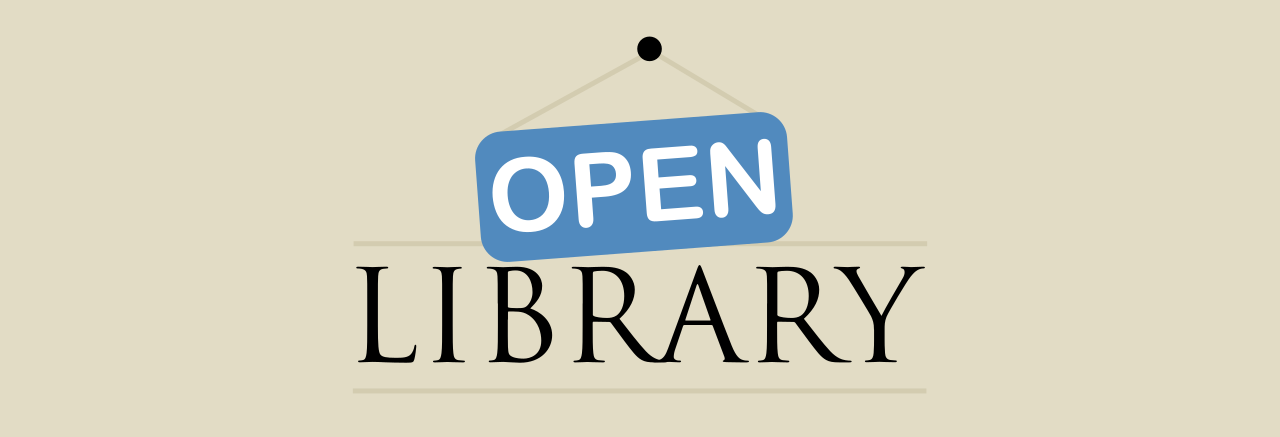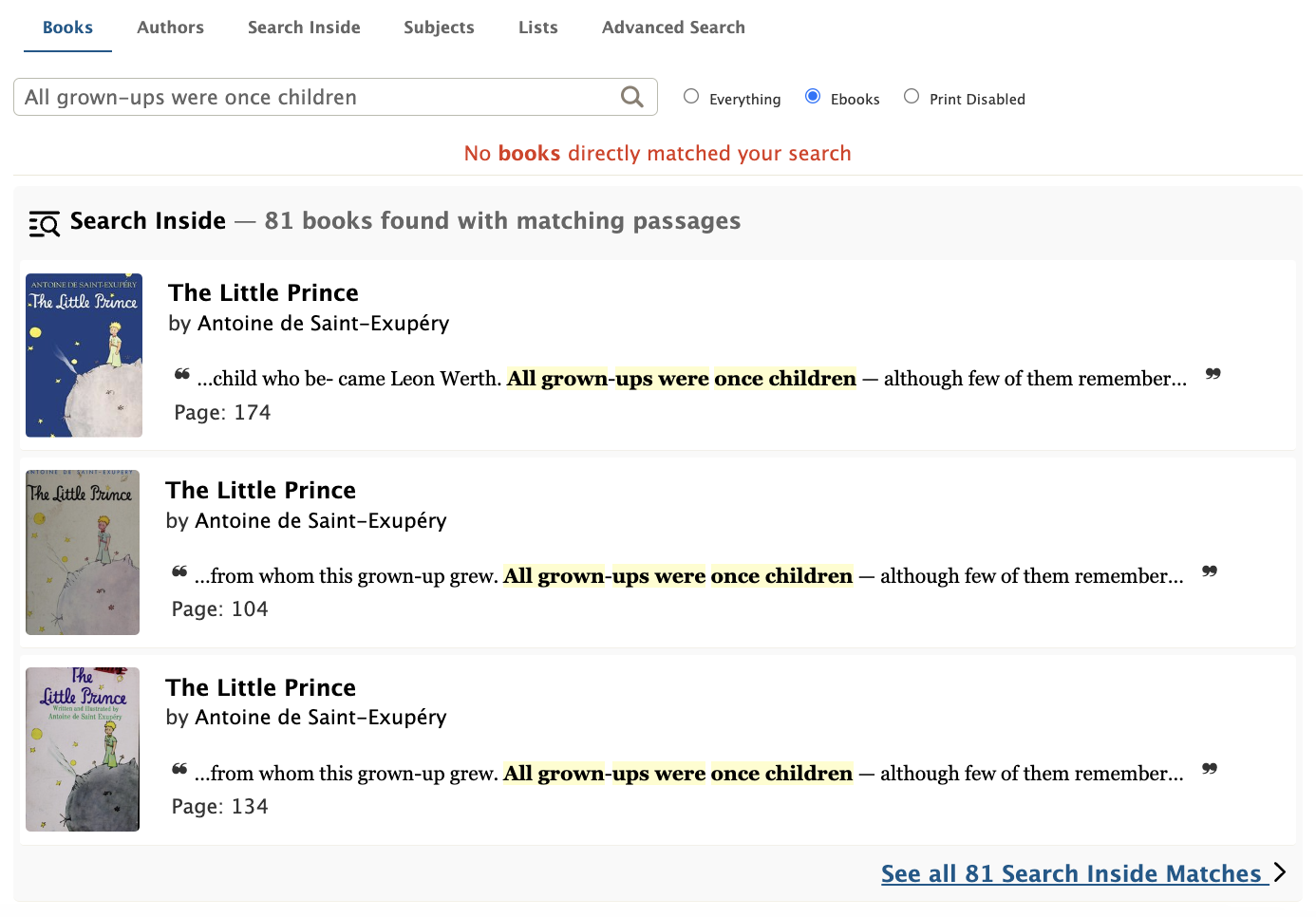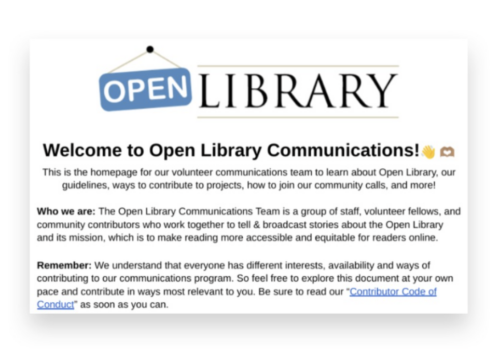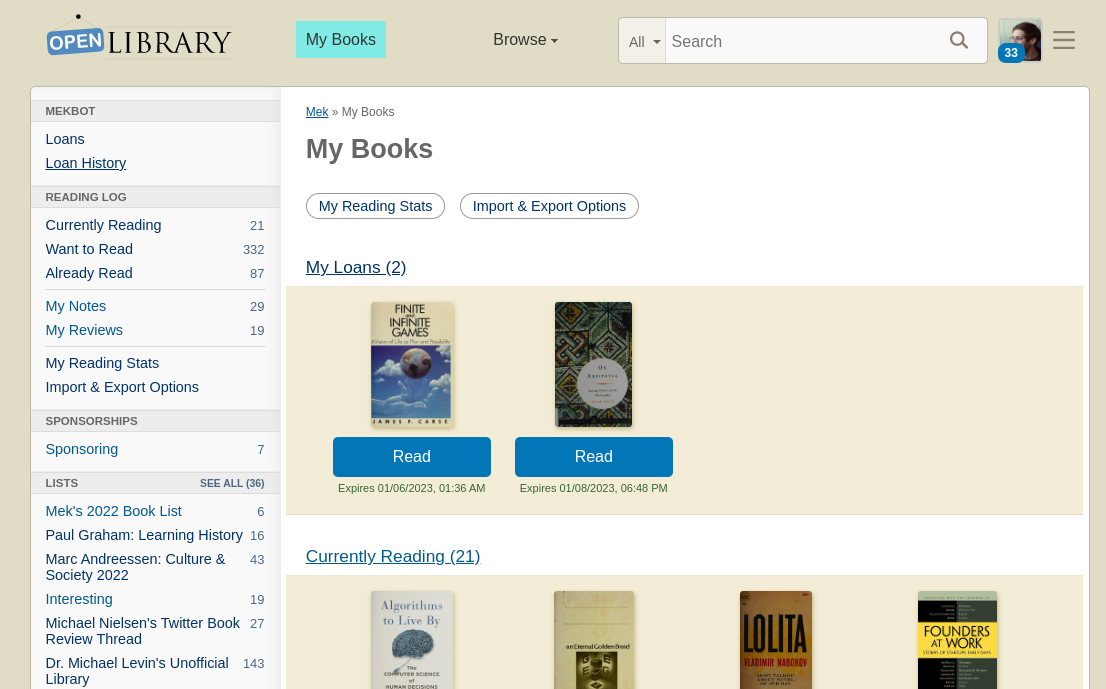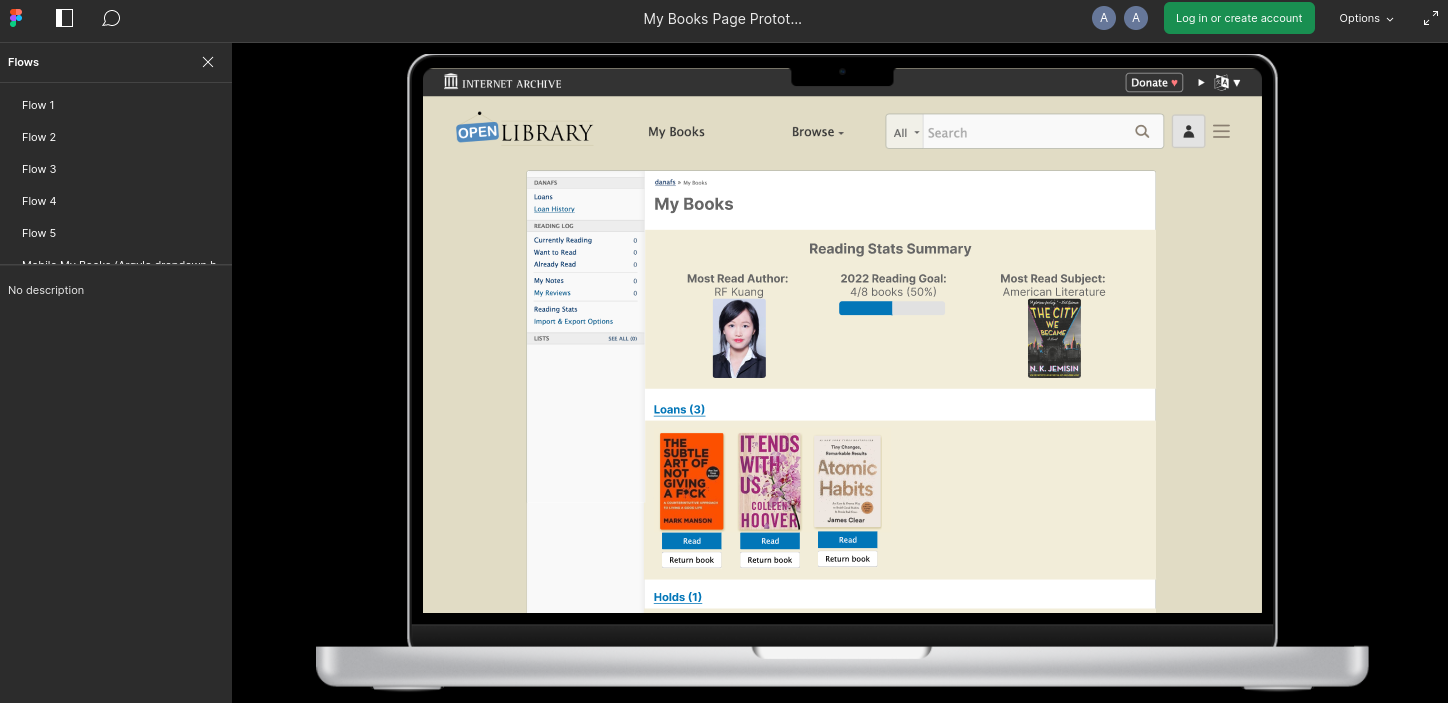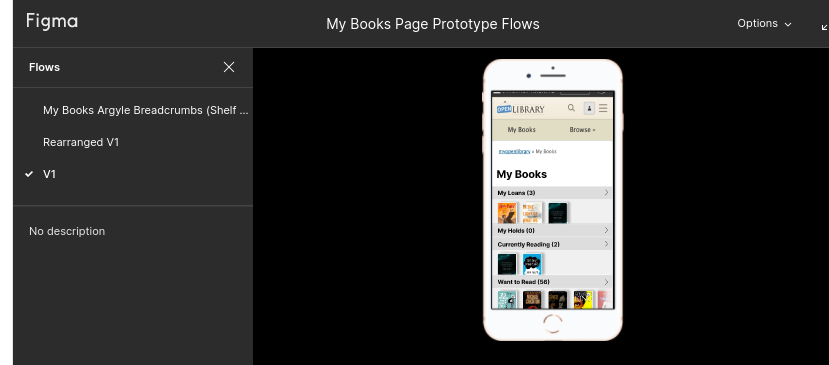By Jordan Frederick AKA Tauriel063 (she/her), Canada

When deciding where to complete my internship for my Master’s in Library and Information Science (MLIS) degree, Open Library was an obvious choice. Not only have I been volunteering as an Open Librarian since September 2022, but I have also used the library myself. I wanted to work with people who already knew me, and to work with an organisation whose mission I strongly believe in. Thus, in January 2025, I started interning at Open Library with Lisa Seaberg and Mek Karpeles as my mentors.
At the time of writing this, I am three courses away from completing my MLIS through the University of Denver, online. During my time as both a student and Open Librarian, I gained an interest in both cataloguing and working with collections. I decided to incorporate both into my internship goals, along with learning a little about scripting. Mek and Lisa had plenty of ideas for tasks I could work on, such as creating patron support videos and importing reading levels into the Open Library catalogue, which ensured that I had a well-rounded experience (and also never ran out of things to do).
The first few weeks of my internship centered largely around building my collection, for which I chose the topic of Understanding Artificial Intelligence (AI). Unfortunately, I can’t take credit for how well-rounded the collection looks presently, as I quickly realised that my goal to learn some basic coding was more challenging than I expected. If you happen to scroll to the bottom and wonder why there are over 80 revisions to the collection, that was because I spent frustrated hours trying to get books to display using the correct codes and repeatedly failed. It is because of Mek’s and Jim Champ’s coding knowledge that the collection appears fairly robust, although I suggested many of the sections within the collection, such as “Artificial Intelligence: Ethics and Risks” and “History of Artificial Intelligence.” However, Mek has informed me that the AI collection will likely continue to receive attention by the community for the remainder of the year, as part of the project’s yearly goals. I hope to see it in much better shape by the time of our annual community celebration in October.
The Artificial Intelligence Collection.
I successfully completed several cataloguing tasks, including adding 25 AI books to the catalogue. With the help of Scott Barnes, an engineer at the Internet Archive, I made these books readable. I also separated 36 incorrectly merged Doctor Who books and merged duplicate author and book records. Another project involved addressing bad data, where hundreds of book records had been imported into the catalogue under the category “Non renseigné,” with minimal information provided for each. While I was able to fix the previously conflated Doctor Who records, there are still over 300 records listed as “Non renseigné.” As such, this part of the project will extend beyond the scope of my internship.
One of the fixed Doctor Who records.
I am particularly proud of this patron support video I created as part of my internship. It shows patrons how to create bookmarks and notes within a book they are reading, as well as how to search certain phrases or words within a book. I also created a video on how to use the audiobook feature in Open Library. Projects like these, assigned by Lisa, tie directly into my MLIS education, allowing me to put my education in meeting patrons’ needs to use. Lisa also asked me to look at the Open Library’s various “Help” pages and identify any issues such as broken links, misleading/inaccurate information, and more. This task allowed me to practice working with library documentation and to advocate for patrons’ needs by examining the pages through the perspective of a patron rather than that of a librarian.
First patron support video created.
I created a survey to determine patrons’ needs and wants regarding the AI collection. This, in the library profession, is referred to as a “patron needs assessment,” which is vital when building a collection. While it would certainly have been fun for me to create a collection purely based on my own interests, there is little point in developing a collection of interest to only one person. Mek gently reminded me of this, so I thought about how an AI collection may benefit patrons. Some potential uses for the collection I came up with were:
- Understanding AI
- The History of AI as a field
- Leveraging AI for work
- Ethics of AI
In order to determine patron perspectives on the collection, I developed a Google Forms survey, which asks questions such as:
- In your own words, tell us what types of books you would like to see in an AI collection (some examples might include scientific research, effects on the future, and understanding AI).
- What are you likely to use an AI collection for (eg. academic research, understanding how to use it, light reading)?
- Do you have any recommendations for the collection?
Once this survey is made live, those involved in the collection will have a better idea of how to meet patrons’ needs.
While I had initially assumed that the collection would allow me to build up some collection-building skills and would hopefully benefit patrons with an interest in AI, Mek has since informed me that this collection ties in with the library’s yearly goals. In particular, the AI collection aligns with the goal of having “at least 10 librarians creating or improving custom collection pages” [2025 Planning]. Additionally, I have spent some time bulk-tagging various books (well over 100 by now), which also ties into the team’s 2025 goals. It’s gratifying to know my efforts during my internship will have far-reaching effects.
As with the AI collection, using reading levels to enhance the K-12 collection is still a work in progress. As I worked with Mek over the course of the last nine weeks, I learned more about the JSON data format than I ever knew before (which was nothing at all), what “comment out” means when running a script, and a general idea of what a key and a value are in a dictionary. So far, we’ve been able to match more than 11,000 ISBNs from Mid-Columbia library’s catalogue to readable items in the Open Library, allowing us to import reading levels for these titles and add them to the search engine.
Finally, I was offered the chance to work on my leadership skills when both Mek and Lisa asked me to lead one of our Tuesday community calls. While initially caught off guard, I rose to the challenge and led the call successfully. I certainly fumbled a few times and had to be reminded about what order to call on people for their updates (and ironically forgot Lisa before a few community members reminded me to give her a chance to speak). But I appreciated the chance to take on a more active role in the call and may consider doing so again in the future.
The last nine weeks have been both intense and highly educational. I am grateful I was able to complete my internship through Open Library, as I believe strongly in the organisation’s mission, enjoy working with people within its community, and intend to continue contributing for as long as possible. I would like to thank Mek and Lisa for making this internship possible and offering their guidance, Jim Champ for his help in coding the AI collection, and Scott Barnes for taking time out of his evening and weekend to assist me with JSON scripting (and patiently answering questions).
I look forward to continuing contributing to Open Library.
If you’re interested in an even more in-depth view of the work I did during my internship, feel free to read my final paper.
